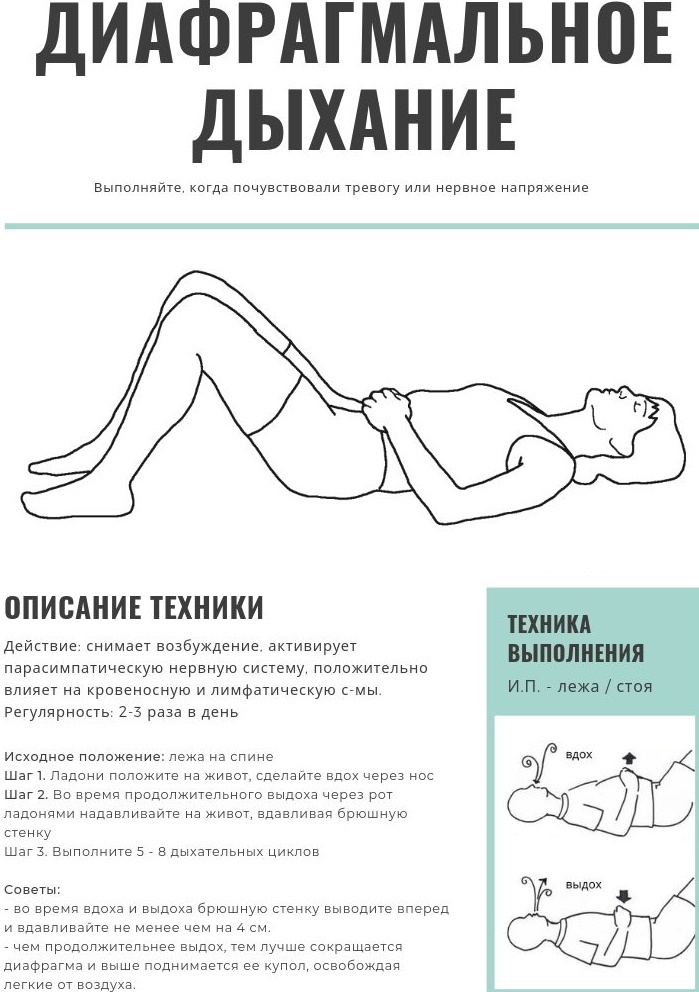For the first time as an independent disease leptospirosis has been described by a German scientist by Weyl in 1886. Among Russian scientists working on the study of leptospirosis N. P. Vasiliev, and in 1888 he described this disease, called "infectious jaundice." From this point there have been many studies aimed at understanding the causes of the disease, but even now, doctors can not escape mortality in severe forms of the disease.

What it is?
Leptospirosis - an infectious disease caused by a specific bacteria called leptospira. Most often, the disease can be obtained with a swim in the polluted Leptospira small pond or eating raw water, the meat or milk of animals suffering from leptospirosis.
There are several types of this disease, some of which can be very dangerous for human life.
Etiology and pathogenesis
Infectious agents are parasitic mind Interrogans family Leptospiraceae.
They penetrate into the carrier body through the skin and mucous membranes, and then deposited in the lymph nodes and begin to actively proliferate. Further leptospirosis proceeds to other organs and systems accumulate predominantly in the kidneys, liver and central nervous system. Activities harmful microorganisms leads to necrotic tissue and degenerative changes, violation of the integrity of the epithelium of renal tubules, the development of DIC and subsequent hemorrhagic rashes.
Ways of infection:
- Contact - if a person is in direct contact with sick animals or touching an infected household items, water.
- Alimentary - by eating products from infected animals and infected plant food waste products.
- Aerogenic - if the respiratory tract gets air contamination.
- Transmissible - as a result of flea bites or infected ticks.
Most often ill workers of farm animals, shepherds, milkmaids, veterinarians and persons working in wetland meadows. As a rule, leptospirosis diagnosed in people in the summer months, especially in August, when the perfect conditions for bacteria.
symptoms
A person with latent period of leptospirosis lasts from four days to two weeks. The disease begins suddenly, sharply, without warning, and is characterized by:
- severe headache;
- insomnia;
- severe pain in the calf and other muscles;
- myalgia, accompanied by hyperesthesia of the skin;
- puffiness and hyperemia of the neck and face;
- chills;
- injection capillary sclera;
- raising the temperature;
- constant thirst;
- the disappearance of appetite.
On the fourth day after the first symptoms of the disease symptoms symptoms of jaundice is complemented by staining of the skin, advent exanthema, hypotension, bradycardia, muffled heart sounds, as well as the pathological changes of the epithelium respiratory tract. In the same period, almost all patients significantly increased in the amount of liver and spleen, there symptoms of kidney damage tissue.
In severe leptospirosis patients is increasing toxicosis, there are associated with manifestations of them, symptoms of uremia appear.
Diagnostics
Carrying out laboratory tests allows the clinician to determine leptospirosis, even when deleted forms of the disease. Indicative range of necessary research is as follows:
- Urinalysis (determined hematuria, cylinders, bile pigments);
- Complete blood count (determined by leukocytosis, accelerated erythrocyte sedimentation rate, anemia, reduced platelet count);
- Biochemical analysis of blood (increased bilirubin and enzymes ALT, AST, alkaline phosphatase, creatine kinase, reduction of prothrombin, blood coagulation time increase);
- Analysis of the cerebrospinal fluid (defined or mixed neutrophilic pleocytosis, increased protein content, erythrocytes);
- Serological methods ELISA, RA, RNGA (allow to determine specific antibodies to Leptospira followed by increase of the titers);
- Microscopy (detection of Leptospira in blood, cerebrospinal fluid, urine);
- (PCR reveals the DNA of Leptospira in a patient's biological materials).

complications of the disease
Dangerous complications of the disease may include:
- renal failure;
- bleeding;
- eye damage;
- hepatic coma;
- toxic shock;
- meningitis;
- secondary pneumonia,
- blurred vision;
- disorders of the heart;
- paralysis, paresis;
- abscess,
- bedsores.
The high mortality rate is fixed because of renal or hepatic impairment, and it is about 60%.
leptospirosis treatment
Treatment of patients should be carried out in a hospital environment. Patients with severe forms of the disease are placed in intensive care for the continuous monitoring of the health status and the dynamics of laboratory parameters.
The main directions in the treatment of leptospirosis in humans is a direct struggle with the agent and individual pathogenetic therapy (treatment that involves the affected organs with the development of a mechanism disease).
Among the huge number of modern antibiotics for leptospirosis preference banal penicillin group. As it turned out, the penicillin among the most damaging for leptospires. Penicillin is administered in a dose of from 4 to 12 million units per day by dividing it into several times. The total duration of antibiotic treatment is 10-14 days. Favorable for recovery, if such therapy will be initiated in the first four days of onset, otherwise the effectiveness of treatment below.
Pathogenetic therapy directed at reducing symptoms of intoxication, filling losses of body fluids, blood indices correction system and homeostasis. Basically it involves the use of:
- ehnterosorbentov (enterosorbent, POLYSORB, Polyphepanum and others);
- antihistaminic (antiallergic) preparations (Suprastin, loratadine, Zodak, Suprastineks and others);
- analgesics and nonsteroidal anti-inflammatory drugs (ibuprofen, paracetamol, Ksefokam and others);
- infusion solutions and detoxification of drugs (saline sodium chloride, glucose solutions, potassium supplements, Ringer's solution, Reosorbilakt, Reamberin and so on);
- hormones (they are particularly indicated in severe cases, with increased bleeding and severe intoxication). Assigned short course with tapering (Prednisolone, Dexamethasone);
- antigipoksantov antioxidants (vitamin E, C, Meksidol, Mildronate, Citoflavin, Essentiale, Glutargin, Aktovegin, Cerebrolysin, Oktolipen and others). Selection of a particular drug is determined by lesion of an organ. For example, when liver injury Essentiale preferable, and with lesions of the brain tissue - Cerebrolysin.
In severe cases, some pharmacological measures is inadequate. Renal and hepatic failure may require extracorporal methods of detoxification (hemodialysis, plasmapheresis, hemosorbtion, hemofiltration). The number of procedures will be determined by indicators of homeostasis, urine and blood tests, the general condition of the patient.
rehabilitation period
After successful treatment of leptospirosis patients should be put on a clinical account for a period of about six months. During this period, conducted rehabilitation measures, consisting of consultation ophthalmologist, neurologist, internist or pediatrician (if the patient - child). Six months later, the patient should each month to appear at a reception at the therapist, which, if necessary, appoint examination by specialized professionals. During the first two months of rehabilitation regular clinical and laboratory tests.
If at the end of the rehabilitation period analysis on leptospirosis does not give positive results, the patient is removed from the register. Otherwise observation with appropriate rehabilitation activities last for 2 years.

prevention
Leptospirosis is classified as a dangerous disease with a high mortality rate, but the specific preventive measures have not yet been developed. This is due to the fact that different strains of Leptospira different antigenic components. Therefore, to create a vaccine that would protect against infection reliably, it is not possible.
it is thus possible to prevent the disease:
- To exclude or to limit swimming in stagnant water of natural conditions;
- Fight against small rodents. Necessarily be carried out in homes and especially on the catering facilities, grocery stores and shops. Each representative of the number of animals can be a carrier of Leptospira infection;
- Emergency antibiotic doxycycline or possible infection after appearance of symptoms of any manifestations prodromal period;
- The use of protective suits rubberized if necessary contact with contaminated water.
After infection intended as an emergency prophylaxis doxycycline may be administered.



